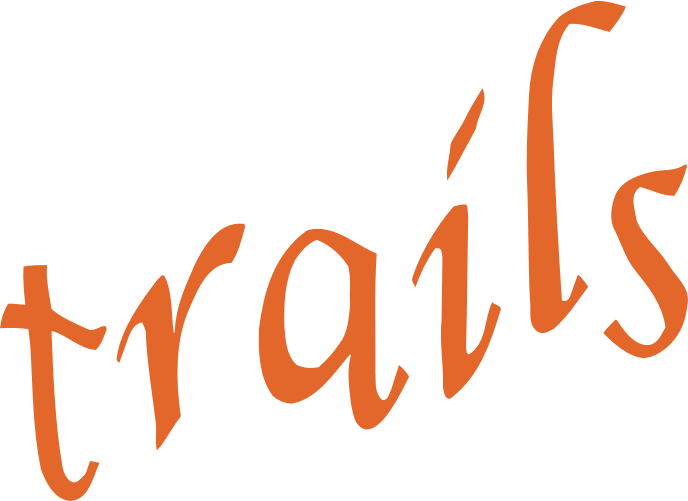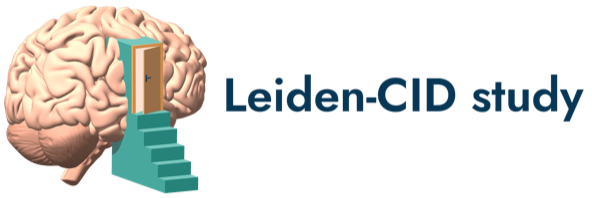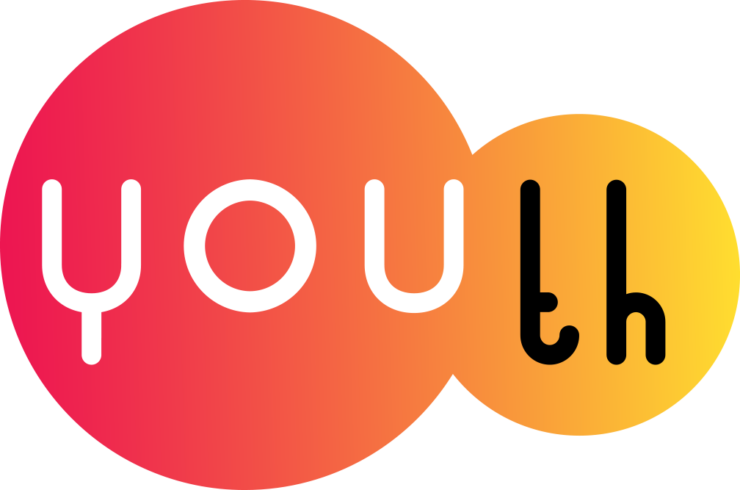-
measure Forward Color Recall Task
Study: Generation R Mode of collection: MeasurementsAndTests Behavioral/cognitive task Available measurements: Generation R 4 yearsThe Forward Color Recall task assesses short-term memory in 8 test trials, of which 4 sections are repeated twice. In the task, the child is presented with two circles of colors, and then has to identify the color from a five-color wheel. The test stops if the child fails a trial twice. The total error score can vary between 0 and 8.Created October 17, 2024 • Updated October 20, 2024 -
measure Raven's Progressive Matrices Test (RPM) - set I
Study: Generation R Mode of collection: MeasurementsAndTests Behavioral/cognitive task Available measurements: Generation R 5-6 yearsRaven's Progressive Matrices (often referred to simply as Raven's Matrices or RPM) is a non-verbal test used to measure general intelligence and abstract reasoning. It is one of the most common tests administered to both groups and individuals ranging from 5-years-olds to the elderly. It consists of 60 multiple choice questions, listed in order of...Created October 17, 2024 • Updated October 20, 2024 -
measure Snijders-Oomen Niet-verbale Intelligentie Test 2.5-7 jaar revisie (SON-R 2.5-7)
Study: Generation R Mode of collection: MeasurementsAndTests Behavioral/cognitive task Available measurements: Generation R 5-6 yearsThe Snijders-Oomen Niet-verbale Intelligentie Test 2.5-7 jaar revisie (SON-R 2.5-7) is a test battery that assesses intelligence in young children without the need to use language. It consists of the subtest puzzles, categories, patterns, situations, mosaics and analogies, which together assess abstract reasoning and spatial insight abilities.Created October 17, 2024 • Updated October 20, 2024 -
measure Behavior Rating Inventory of Executive Function (BRIEF)
Study: Generation R Mode of collection: SelfAdministeredQuestionnaire Available measurements: Generation R 4 years 13-14 yearsThe Brief Rating Inventory of Executive Function (BRIEF) assesses parent-reported executive functions related to inhibition, shifting, emotional control, working memory and planning in children in everyday life. The BRIEF consists of 86 items that form eight subscales: Inhibit (10 items), Working memory (10 items), Shift (8 items), Emotional control (10...Created October 17, 2024 • Updated October 20, 2024 -
measure Neuropsychological development (NEPSY-II-NL)
Study: Generation R Mode of collection: MeasurementsAndTests Behavioral/cognitive task Available measurements: Generation R 7 yearsThe NEPSY-II-NL is a Dutch adaptation of the NEPSY-II which assesses neuropsychological functioning. The test battery consists of 34 subtests that assess four domains: Attention and executive functions, Language, Memory and learning, Sensorimotoric integration, Social cognition, and Visuospatial processing.Created October 17, 2024 • Updated October 20, 2024 -
measure Auditory Continuous Performance Test for Preschoolers (ACPT-P)
Study: Generation R Mode of collection: MeasurementsAndTests Behavioral/cognitive task Available measurements: Generation R 4 yearsThe Auditory Continuous Performance Test for Preschoolers (ACPT-P) is a tool used to assess the auditory attention and sustained attention abilities of preschool-aged children. It involves a series of auditory stimuli presented to the child, and the child is required to respond to specific target stimuli, and repress their response for others (go-no go).Created October 17, 2024 • Updated October 20, 2024 -
measure Language Tests for Children (Taaltest voor kinderen)
Study: Generation R Mode of collection: MeasurementsAndTests Behavioral/cognitive task Available measurements: Generation R 5-6 yearsTaaltest voor Kinderen (TvK) is a Dutch battery that aims to test language proficiency in children. Its subtests encompass receptive and productive language proficiency in terms of phonology, morphology, syntax and semantics.Created October 17, 2024 • Updated October 20, 2024 -
measure Childhood Executive Functioning Inventory (CHEXI)
Study: TRAILS Mode of collection: SelfAdministeredQuestionnaire Available measurements: The Next Generation NEXT - T4 NEXT - T5The Childhood Executive Functioning Inventory (CHEXI) is a validated assessment of executive functioning. It includes items on reported inhibition, regulation, working memory, and planning.Created October 17, 2024 • Updated October 20, 2024 -
measure Wechsler Intelligence Scale for Children (WISC-V)
Study: TRAILS Mode of collection: MeasurementsAndTests Behavioral/cognitive task Available measurements: The Next Generation NEXT - T5The Wechsler Intelligence Scale for Children (WISC) is an IQ test for children 6-17 years of age to determine general intelligence. It generates a full scale IQ (formerly known as an intelligence quotient or IQ score) that represents a child's general intellectual ability. The most common primary index scores are the Verbal Comprehension Index, the Visual...Created October 17, 2024 • Updated October 20, 2024 -
measure Wechsler Preschool and Primary Scale of Intelligence (WPPSI)
Study: L-CID Mode of collection: MeasurementsAndTests Behavioral/cognitive task Available measurements: Early Childhood Cohort ECC - T2 ECC - T3 ECC - T4The Wechsler Preschool and Primary Scale of Intelligence (WPPSI) is an IQ test for children 2.5 to 7.25 years of age to determine general intelligence. It uses subtests to determine a child's Verbal and Performance IQ scores, as well as processing speed.Created October 17, 2024 • Updated October 20, 2024 -
measure Stop-Signal Task - Cars
Study: L-CID Mode of collection: MeasurementsAndTests Behavioral/cognitive task Available measurements: Early Childhood Cohort ECC - T1 ECC - T2 ECC - T3 ECC - T4The Stop-Signal Task - Cars aims to measure behavioral inhibition by having the child inhibit their reaction in response to a quickly appearing signal. During the task, the child is instructed to touch a picture of a car appearing on the screen as quickly as possible, and to withhold touching the screen when a "Stop" sign appears. The child has to respond...Created October 17, 2024 • Updated October 20, 2024 -
measure Gaze Cueing experiment
Study: YOUth Mode of collection: MeasurementsAndTests Eyetracking Available measurements: Baby and Child 5 months 10 months 3 years 6 years
Child and Adolescent 9 years 12 yearsThe Gaze Cuing experiment is an eye-tracking task that measures a participant's sensitivity to another person's gaze direction as a possible cue to predict the location of a next event. Sensitivity to gaze direction is taken as a marker of social competence. In the Social Gaze Task, children see a face with direct gaze, followed by an eye gaze shift to...Created October 17, 2024 • Updated October 20, 2024 -
measure Clinical Evaluation of Language Fundamentals (CELF) - Pragmatics
Study: YOUth Mode of collection: SelfAdministeredQuestionnaire Available measurements: Baby and Child 3 years 6 years
Child and Adolescent 9 years 12 yearsThe Clinical Evaluation of Language Fundamentals (CELF) was designed to assess general language ability and specific language domains, and screen for language disorders in children and youth between 5 and 18 years. The Preschool version is meant for toddlers between 3 and 6 years old. The CELF consists of many subscales, such as Concepts and Following...Created October 17, 2024 • Updated October 20, 2024 -
measure Child Gap Overlap Task - Antisaccade
Study: YOUth Mode of collection: MeasurementsAndTests Eyetracking Available measurements: Baby and Child 6 years
Child and Adolescent 9 years 12 yearsThe Gap-overlap task is a gaze contingent paradigm that measures visual attention shifting between a central and a peripheral stimulus. This is thought to be a key process underlying behavioral control. The Gap-overlap task contains three conditions; i) Gap, in which the central stimulus disappears 200ms before the appearance of the peripheral target; ii)...Created October 17, 2024 • Updated October 20, 2024 -
measure Wechsler Preschool and Primary Scale of Intelligence (WPPSI-III-NL)
Study: YOUth Mode of collection: MeasurementsAndTests Behavioral/cognitive task Available measurements: Baby and Child 6 yearsThe Wechsler Preschool and Primary Scale of Intelligence (WPPSI) is an IQ test for children 2.5 to 7.25 years of age to determine general intelligence. It uses subtests to determine a child's Verbal and Performance IQ scores, as well as processing speed.Created October 17, 2024 • Updated October 20, 2024 -
measure Child Gap Overlap Task - Prosaccade
Study: YOUth Mode of collection: MeasurementsAndTests Eyetracking Available measurements: Baby and Child 6 years
Child and Adolescent 9 years 12 yearsThe Gap-overlap task is a gaze contingent paradigm that measures visual attention shifting between a central and a peripheral stimulus. This is thought to be a key process underlying behavioral control. The Gap-overlap task contains three conditions; i) Gap, in which the central stimulus disappears 200ms before the appearance of the peripheral target; ii)...Created October 17, 2024 • Updated October 20, 2024 -
measure EEG Face House
Study: YOUth Mode of collection: MeasurementsAndTests EEG Available measurements: Baby and Child 5 months 10 months 3 years 6 yearsIn the Face-House task, infants or children up to the age of 6 passively watch pictures of faces with a neutral expression (12 faces repeated four times) and pictures of typical Dutch houses (also 12 x 4) while their Electrocardiography (EEG) is measured. This task lasts approximately 3-4 minutes.Created October 17, 2024 • Updated October 20, 2024 -
measure Infant Face Popout
Study: YOUth Mode of collection: MeasurementsAndTests Eyetracking Available measurements: Baby and Child 5 months 10 months 3 years 6 yearsInfant Face Popout is a shortened version of the face-pop out experiment (Gliga et al, 2009 Exp1; Elsabbagh et al., 2013), a free viewing experiment in which children are presented with multiple five-item arrays (always: 1. Human face; 2. Car; 3. Mobile phone; 4. Bird; 5; Face-shaped noise figure). It tests whether children automatically orient to faces...Created October 17, 2024 • Updated October 20, 2024 -
measure EEG Coherence
Study: YOUth Mode of collection: MeasurementsAndTests EEG Available measurements: Baby and Child 5 months 10 months 3 years 6 yearsIn the EEG Cohorence task, young children passively watch 60-second video clips depicting singing women (created by Sabine Hunnius and colleagues) or moving toys (used earlier by Jones et al., 2015) while Electrocardiography (EEG) is measured. The task lasts approximately 6 minutes, where both sets of videos last 60 seconds.Created October 17, 2024 • Updated October 20, 2024 -
measure Infant Stop Signal Anticipation Task
Study: YOUth Mode of collection: MeasurementsAndTests Behavioral/cognitive task Available measurements: Baby and Child 6 yearsThe Stop Signal Anticipation task is adopted from Zandbelt and Vink (Vink et al., 2014, Zandbelt et al., 2008) and is also used as MRI task in the YOUth Child and Adolescent cohort. The Stop Signal Anticipation task measures response inhibition, which is considered an important aspect of behavioral control. In the task, children are instructed to stop a...Created October 17, 2024 • Updated October 20, 2024




